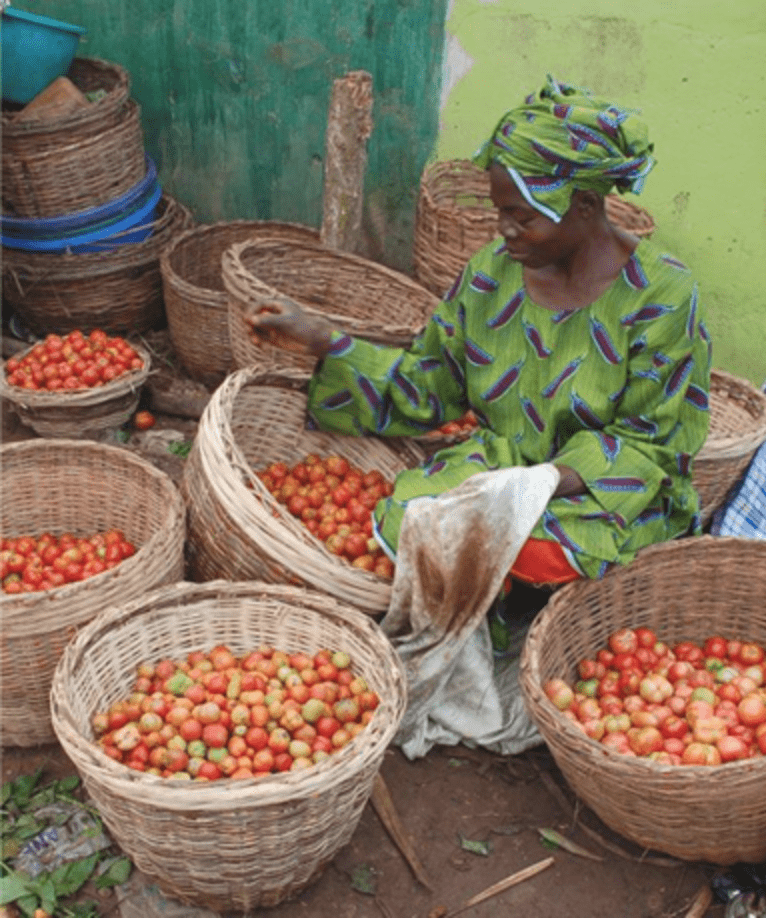Improving the lives of rural Kenyan women through improved water access

After years of off-and-on droughts and with the specter of continued climate change looming, Kenya faces an enormous challenge in providing access to water to its citizens. Many rural and poor urban communities do not have access to clean, safe water. One reason for this: large parts of the country are arid or semi-arid, and only 9.7% of the land is considered arable. Only 54% of rural Kenyans—many of whom live in the drylands—have access to an improved water source, while 84% of urban Kenyans enjoy access to an improved water source. Although water scarcity affects Kenyans across gender and socioeconomic divisions, water scarcity uniquely harms women and girls.
Women and girls bear the burden of looking for water sources for their families, walking long distances to often find only unclean and unsafe water. In the drylands, especially during droughts, the time that women and girls spend gathering water crowds out time available for education, starting businesses, and other activities that can improve their and their families’ lives. For girls who are fortunate enough to attend school regularly, a lack of clean water and efficient latrines in schools make it difficult for girls to use the facilities, especially during their menstrual period. Such unsanitary conditions cause these girls to miss school and may increase the probability of their leaving school early.
Women and girls also put their health at risk when fetching water that is contaminated with parasites. To make matters worse, their families contract water-borne diseases like cholera, dysentery, typhoid and diarrhea from consuming this water. In families already suffering from poverty, a serious illness can mean that children (particularly girls) must drop out of school to take care of sick family members or work to support their families.
Effective rainwater harvesting technologies—systems that capture and/or store rainwater and surface runoff—can not only help rural communities tackle the issue of unclean water, but can also provide economic opportunities to rural communities. Household or local rainwater harvesting technologies can eliminate many women and girls’ need to walk long distances in search for water, allowing them to dedicate more time to school or work. Introduction of rainwater harvesting technology to schools can improve sanitation and bring girls back into their classroom.
So why hasn’t rainwater harvesting revolutionized the lives of women in Kenya, and in other East African nations? This is one of the questions that has guided GKI’s work with Kenyatta University over the past year. Through the LINK (Learning and Innovation Network for Knowledge and Solutions) program, we have worked with Dr. Kennedy Mwetu and his team to understand why the many rainwater harvesting initiatives that have taken place in Kenya over the past decades have not been sufficient to transform rural economies and communities. Through our work with Dr. Mwetu, and partners at KickStart International, Kenya Rainwater Association, Kenyatta University, and others we have analyzed the reasons why rainwater harvesting programs have failed to be transformative. With help from GKI, Mwetu is now building a network designed to understand how to maximize the best technologies and understand their possible impact, simplify decision-making on where and when to use certain technologies, and improve training and outreach to rural communities. For more information on LINK Kenya, or if you are interested in contributing to this project, contact GKI Program Officer Andrew Gerard at: Andrew.gerard@gkinitiative.org.
Contributor: Lucky Niko







